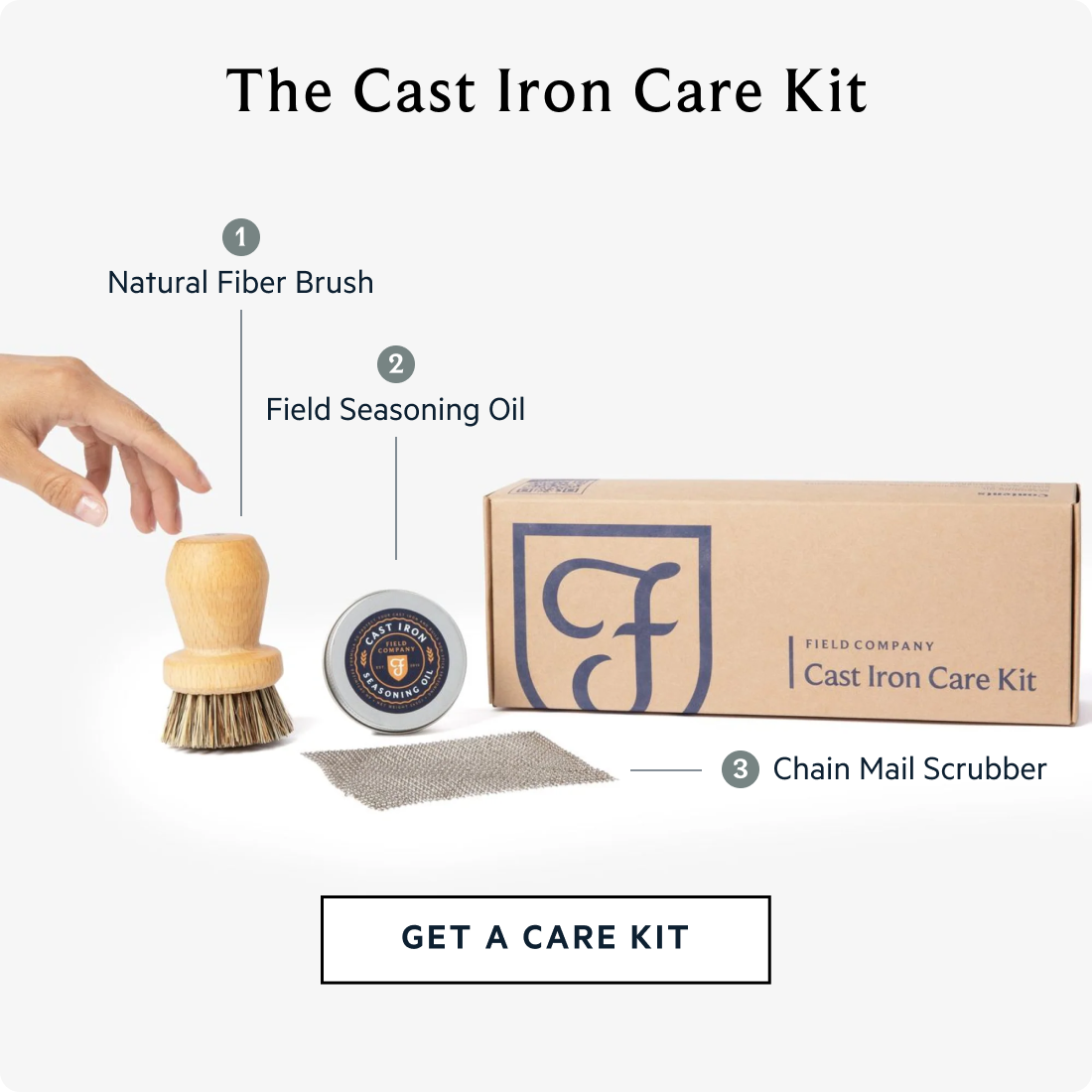While words like “artisanal” or “natural” don’t hold much meaning when it comes to food, other terms can be a bit murky - “heirloom” is used to indicate quality and longevity, but what does it really mean? When it comes to heirlooms in your kitchen, tools like vintage cast iron, Field Skillets, and durable cookware alike earn this title because they last for generations, working just as well, likely even better, decades from now.
The meaning of the word “heirloom” shifts meaning when applied to different products: an heirloom skillet has been passed down from person to person, whereas an heirloom fruit, vegetable, or grain has been preserved for decades (typically at least 50 years) without modifying its DNA.
Most produce you buy at the grocery store comes from hybrid crops, which are developed for mass production by cross-pollinating multiple plant varieties for specific traits, such as pest resistance or shelf life. Although hybrid crops aren’t inherently bad, they’re not usually cultivated for their superior flavor, and their mass production has a tendency to erase the distinct qualities of heirloom varieties.


